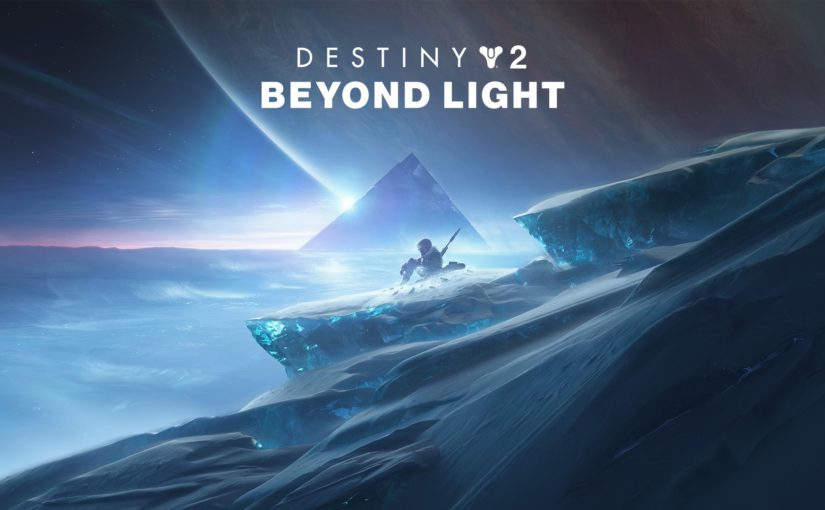I’ve been playing Destiny 2 on a daily basis for over a year now. Needless to say, I mostly find it enjoyable. Its environments are incredibly beautiful, the movement is smooth and the combat satisfying. For the most part, it’s a rather brainless, easy game; a far cry from ME3MP, which I found (and still find) difficult and stressful, or Rocket League, with its constant pressure to get good or get lost. The challenging parts of Destiny 2 are neatly segregated away so you must opt into them if challenge is what you desire. Otherwise it’s a safe and relaxing experience that many find repetitive and boring; but I like it.
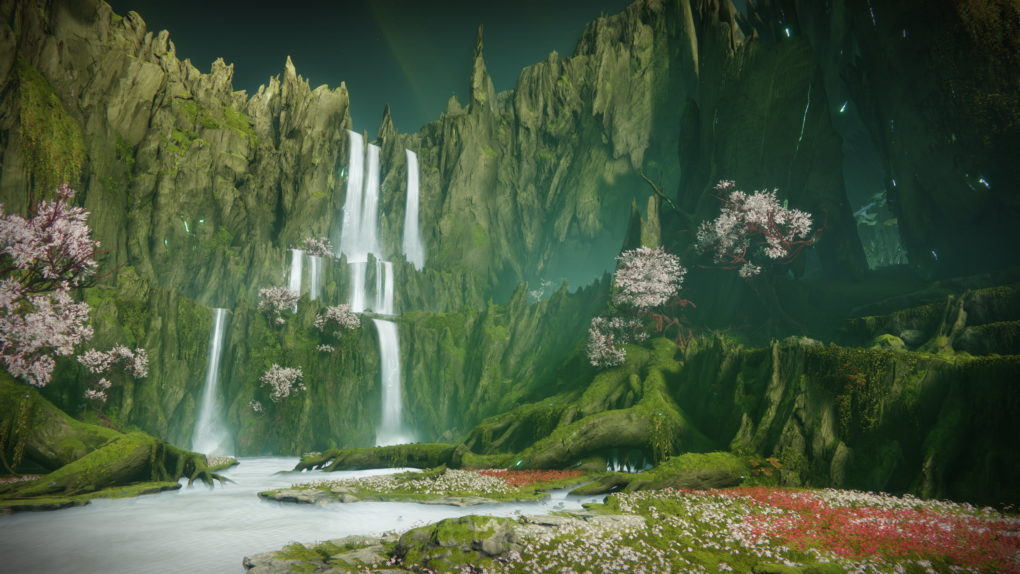
There’s, however, a great deal about Destiny that I don’t like. On the top of the list is certainly the unscrupulous, unveiled greed of the studio that owns it. Bungie stopped charging for Destiny 2 at about the time I started playing it. Most of the game content became free-to-play, with two DLC campaigns (Forsaken and Shadowkeep) that one still had to pay quite a large sum for (around $30 each). I bought these expansions on a sale at a significantly lowered price, but even so I never had the impression they were really worth that kind of money. Still, it didn’t seem so different from what many other games do. The red flags started popping up later, when I began reviewing the first game in the series, Destiny 1, on videos. Turns out that very little of Destiny 2 wasn’t already seen and done in Destiny 1. Apart from the graphics, which got their due update, the new inventory items, the single new power slot and a few new levels (built, however, with Destiny 1 tilesets), it’s practically the same game. Destiny 2 adds about as much content to Destiny 1 as the DLC Forsaken adds to Destiny 2, and I think it sold at double the price. Shadowkeep is even worse: everything in it, all the levels, models and textures, all the enemies and the one voiced NPC— everything except the Garden of Salvation raid—is taken almost verbatim from Destiny 1. Bungie effectively sold the same content several times.
But that’s not the end of it. A month prior to this writing, Bungie “vaulted” (read: removed) a huge fraction of the game content under the pathetic excuse that they lack the manpower to maintain such a large game while still adding to it. This happened together with the release of a new DLC, Beyond Light, which is the titular subject of this post; the addition of new content was supposed to balance out the removal of the old. There’s no balance in it, though. The destinations and activities Bungie deleted comprised 90% of what one could do for free in this allegedly free-to-play game. When I started playing Destiny 2, I could visit 9 destinations with half a dozen quests, play 4 raids and 3 story campaigns for free. People who start now can visit 4 locations with no quests and play no raids or campaigns unless they pay for one of the expansions. To call it a downgrade would be generous. It’s rampant, unrepentant greed.
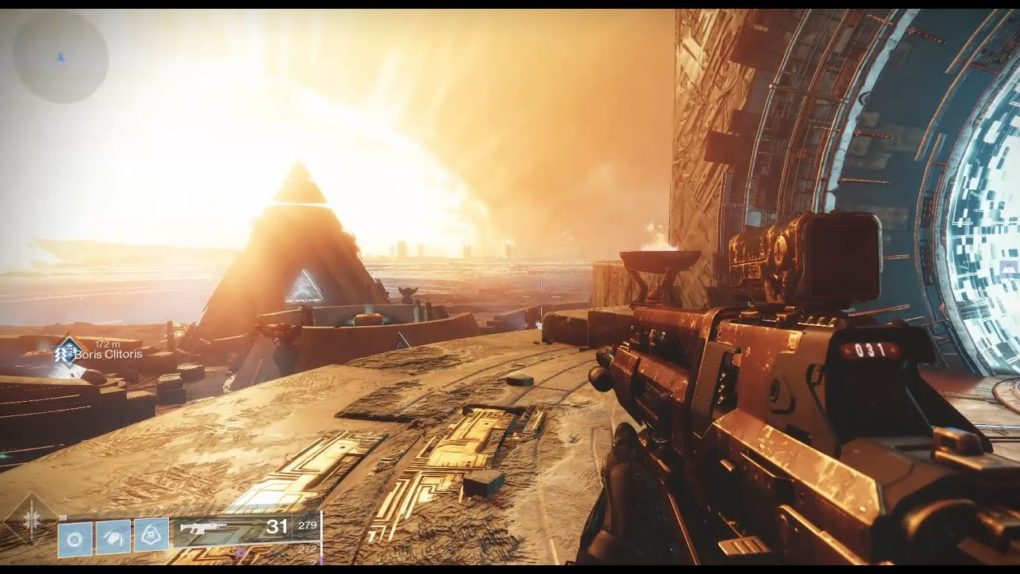
Despite my misgivings about this, I did end up getting the Beyond Light expansion. And despite my bitter determination to hate it, as it can’t possibly replace all the deleted content, I ended up enjoying it. Europa is stunning, the new powers are interesting, and the soundtrack is excellent; the best this game has had so far. The campaign (which I’ve only just finished a few days ago) was somewhat challenging at first because I was under the recommended level, but quickly became as easy as I’ve come to expect. Although it’s rather short, it seems to trail off into substantial followup that I’m eager to delve into. I definitely don’t regret the purchase.
But here I arrive at another thing I don’t much like about Destiny: its “story”.
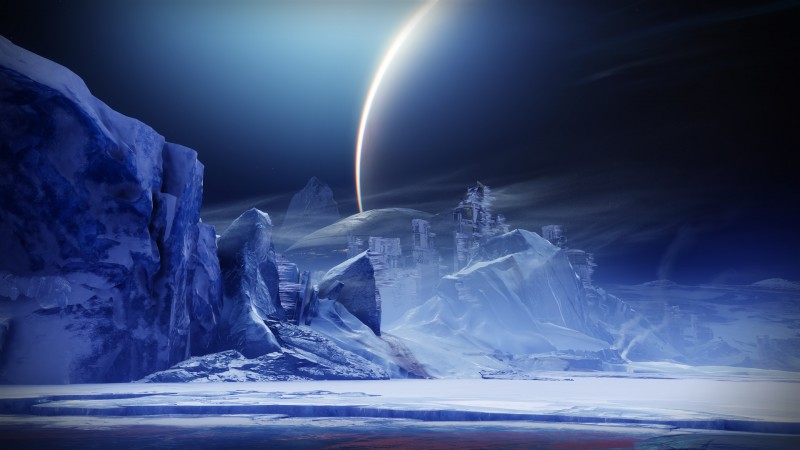
The “story” of Destiny, like the stories of all MMOs I’ve seen so far (which isn’t many, but seems more than enough to form dependable expectations), is of marginal importance for the gaming experience, providing little other than compass way-points and the occasional over-the-top cutscene. The player has no agency whatsoever; all we ever get to do is point and shoot. The NPCs are diverse, relatively well characterized and voiced-over by talented actors; this apparently came at the cost of having next to no voice-overs for the player character themselves. Our Ghost (literally a talking info-dump device without even a spark of personality) speaks for us instead (and yes, that’s as annoying as it sounds).
The thing that sets apart the “story” of Destiny from other similar games is the extent to which it’s built on the most exhausted cliches imaginable, while putting on airs of hidden depths. These “depths” are “hidden” in the massive body of written lore entries that depict events from near or far past that could not be rendered in the game. Those I’ve read were competently written but pedestrian and utterly forgettable. Their main failure, however, is to imbue the setting and the timeline with additional logic and coherence. They fill in the blanks by creating more blanks. The only way to navigate this is not by suspending one’s disbelief, but by dealing away with it entirely. Rules? What rules? It’s magic, everything’s possible! Please, leave your critical thinking outside.
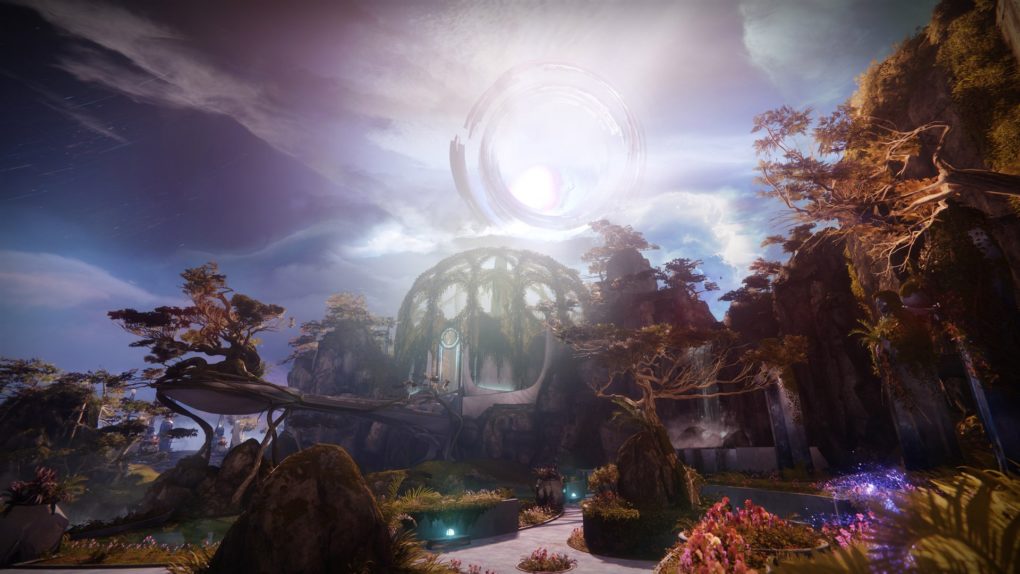
There are games, and other storytelling media, that have managed to pull off this attitude with some measure of success. Dark Souls, for example; or Ergo Proxy. But Destiny misses the mark by miles. Its plot-hole-ridden “story” makes no sense in a blunt, dumb way that doesn’t stimulate curiosity but rather snuffs it out. This is why I refuse to refer to the “story” of Destiny without the quotes. It’s not a story. It’s a collection of almost random cool-sounding but underdeveloped ideas, digested for the lowest-common denominator until nothing’s left but the bare bones of a “you’re the messiah, go save the world” plot we’ve all seen a thousand times. The best way to consume it, is to ignore it.
I knew all that literally half an hour into the game and still went on to play it (happily ignoring the “story”) for a year. But Beyond Light got my attention. See, the premise at the bottom of the “hidden depths” of Destiny’s lore is that the player is an agent of the Light (which is, predictably, representative of Good and Order), while the innumerable foes the game throws at your bullets willingly or unwittingly serve the Darkness (representative of Chaos and Evil, of course). In the long Season of Arrivals preceding the vaulting and the expansion, the Darkness finally encroached upon the Solar System, intent (obviously) to destroy everything. But (not so obviously), it also tried to communicate, by sending a series of cryptic messages to one of the NPCs. As receiving these messages involved spending time on a level of outstanding beauty (shown below), I made it my business to hear all of them.
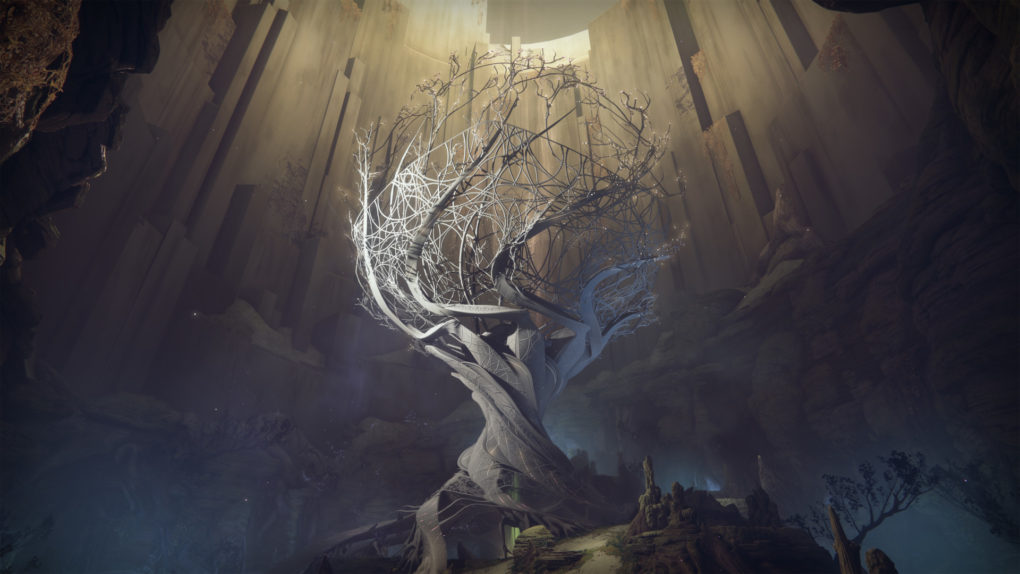
The messages from the Darkness made me think that the “story” of Destiny would unfold in an unexpected new direction. Beyond Light lies the Darkness and it was no big secret that the expansion would introduce new, Darkness-based powers. I hoped (though dared not expect) that the messages would turn out to be true: that the Light and its possibly sapient avatar, the Traveler, are like helicopter parents, keeping humanity sheltered but also ignorant of the truths and complexities of “real life” outside the eggshell; that the great division of everything in existence in good and evil, Light and Darkness, is an oversimplification perpetuated by the Traveler in order to keep humans docile and obedient; that by going Beyond Light, we would also go beyond the cliches and see the appointed arch-villain un-villainized. I must also admit that, given the turbulent events of the previous spring, I thought the title itself was a veiled reference to the Black Lives Matter movement; and that the authors of the expansion would seize the opportunity to remove the unwanted connotations between light and white, and dark and black—by disassociating the Darkness from evil.
But—surprise, surprise—no such luck. As a friend aptly predicted months prior to release, the actual narrative of Beyond Light is rather along the lines of: “you’re Special, the Chosen One, and you alone can wield the Darkness to do good with it, even though it’s most definitely every bit as evil as ever; only you can resist its temptation and beat it using its own power”. Sigh.
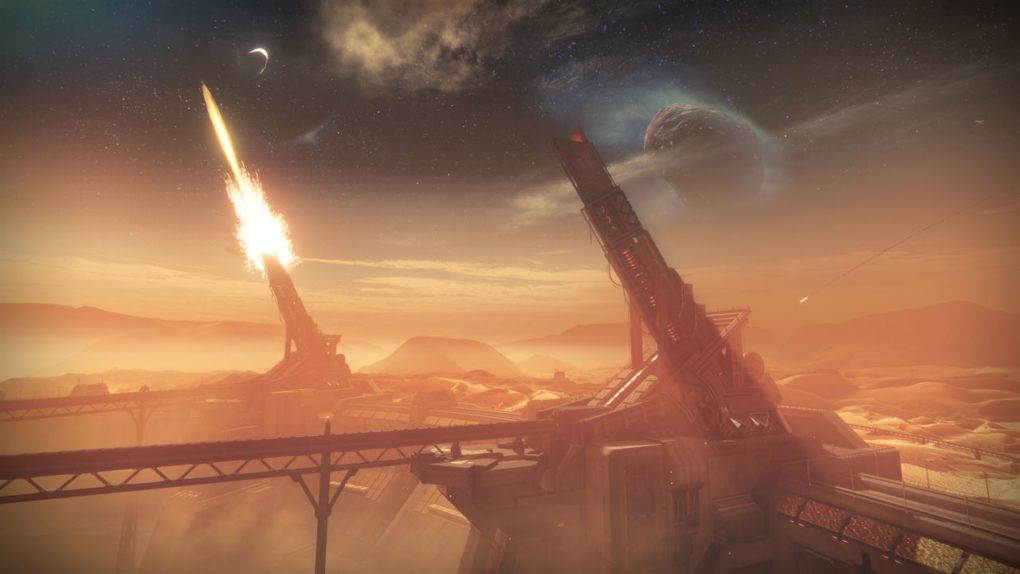
Since the hopes I had for the expansion made me pay attention, I actually have a few concrete comments on this part of the “story” of Destiny.
A shady NPC from Destiny 1, Variks, is reinstated as your designated plot-guide. During the intro to the new campaign, he’s chased and eventually captured by the designated villain, Eramis, who has allegedly been seduced and consumed by the power borrowed from the Darkness. We are told (literally, Variks tells us) again and again that Eramis was at one time his friend but has betrayed him, and all of their people, because the power of the Darkness had made her mad. Typically for the “story” of Destiny, the events rendered in the game land no credence to these claims. What we see instead is Eramis grasping for straws (consorting with the Darkness, unleashing the Vex on Europa and possibly other things I haven’t discovered yet) in desperate attempts to obtain some leverage for her people, who are mercilessly hunted down every which way and are generally depicted and treated as mindless beasts. At the time we witness her confrontation with Variks, they are indeed enemies, but it rather sounds like Variks was the one to betray Eramis, by turning his back on her cause because he didn’t approve of her means, not the other way around.
He keeps insisting that, if she is not stopped, she would destroy everything. But there’s nothing at all to support this. In a previous campaign, the Red War, the Last City of humanity is attacked and decimated by the Red Legion, who later proceed to point a gun of mythic proportions at the Sun, threatening to literally destroy the entire solar system. Fair enough! You’re then obliged to go kick their butts and save the world. But Eramis in Beyond Light threatens no one. She claims she seeks independence for her people and this is consistent with her actions. Oh, sure, she gives speeches about taking revenge on the Traveler for abandoning her kind. But all she ever does in practice is defend herself, her headquarters, her men and her supplies from the aggression of the player, who, as usual, has no say in the matter, but blindly follows Variks’ instructions. Never mind that this same Variks has orchestrated the breakout from the Prison of Elders, unleashing a plague of deranged criminals on the system and indirectly causing the death of a favorite friendly NPC. One could hardly imagine a less trustworthy task-giver. But one is not really expected to use their brain to begin with.
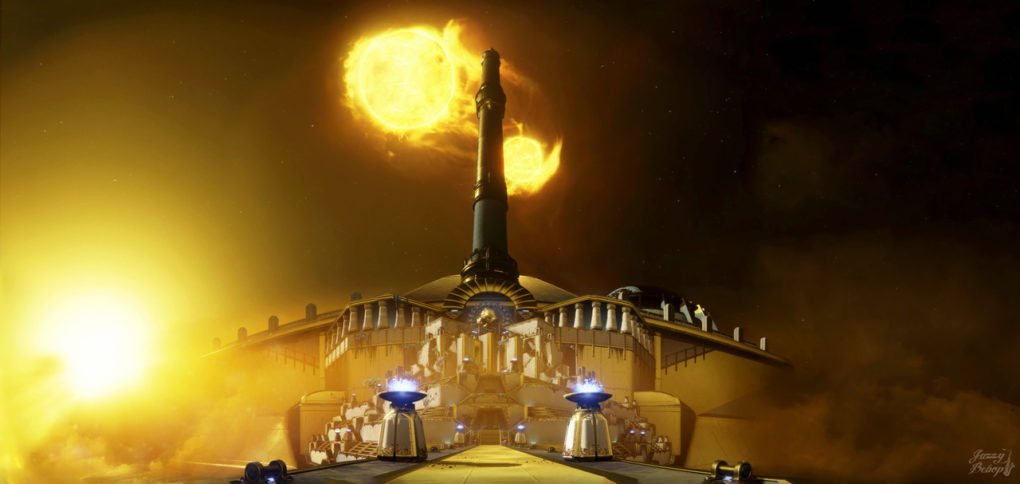
In line with every other Greatest Threat to Humanity Ever, this one is resolved without actually contributing anything to the struggle to overcome the Darkness. The only victory won by executing Eramis and exterminating her people is that the ancient technologies buried under the surface of Europa are kept out of the hands of the Eliksni. Wow. Totally worth it.
What annoys me the most when I think about the poorly thought out and even more poorly executed game narratives like this one, is that someone, likely an entire small team of people, was payed to spend days, weeks, or even months crafting it, and are entitled to call themselves professional writers, yet I can come up with half a dozen things that would instantly improve it in five minutes.
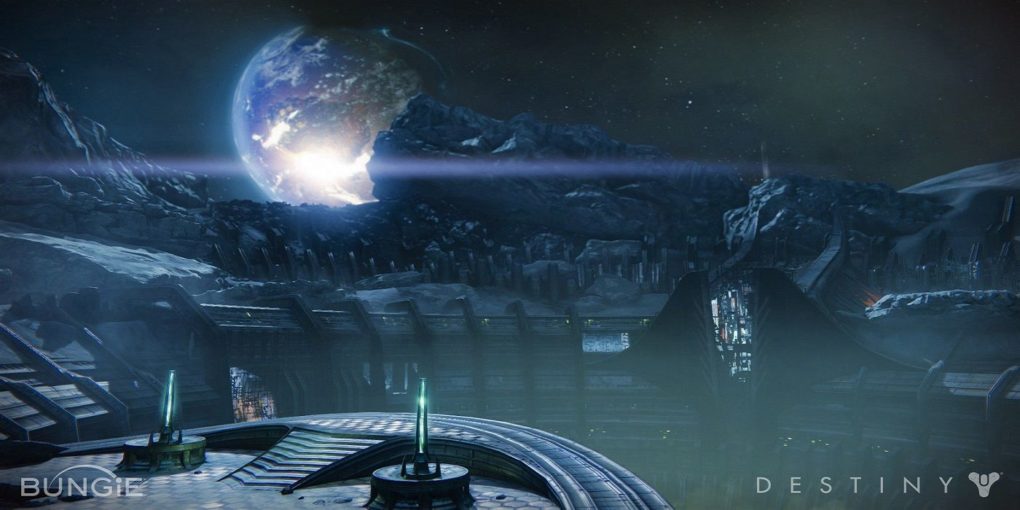
For example, there can be no doubt that they wanted us to somewhat sympathize with Eramis, and that they wanted us to become convinced that the power of the Darkness corrupts even the greatest. But telling us that she has succumbed to corruption, while she used to be straight and good before, doesn’t cut it. It wouldn’t cut it in a book, let alone a visual, movie-like medium of a video game. It would be far better and more effective on every level if Eramis was introduced not as a power-crazed, blood-thirsty monster driven by nothing by revenge, but instead as the good, strong leader of a people on the verge of extinction and a loyal friend of Variks. An ally, at first, someone we can get to know and respect, perhaps even someone we can trust to initiate us into the temptation of the Darkness. Then, in stages, we witness her change as her people are, say, denied a safe refuge on Europa, or their numbers start dwindling as they assist the fight against the Vex while not getting the promised supplies in return. Her fall could’ve been depicted as one motivated by despair, not by blind hunger for domination. Variks could’ve tried to act as a liaison, to defend and justify her actions instead of immediately accusing and disowning her. Until she does something to prove she’s beyond redemption and force your hand. And then, in the final conflict, you could demonstrate the Darkness hasn’t corrupted you by showing her mercy.
I came up with this on the fly, while playing the campaign and rolling my eyes at all the missed opportunities, and in the few minutes it took me to write the paragraph above. I’m pretty sure I could do much better if I gave it some serious thought, and even more so, if someone was paying me for it. Another thing that always puzzles me when I think about this subject is: are the people who author shitty game narratives incompetent, or arrogant? As in, have they done the best they could, or have they done what they think is suitable for their audience? Or perhaps it’s just the result of a purely goal-oriented attitude, where the goal is to make as much money with as little effort as possible? There’s no shortage of evidence that the masses love this shit. Why not keep giving them more of the same? Why challenge their minds and imaginations when they are obviously content to throw their money at endless repetitions of the same tired tropes?
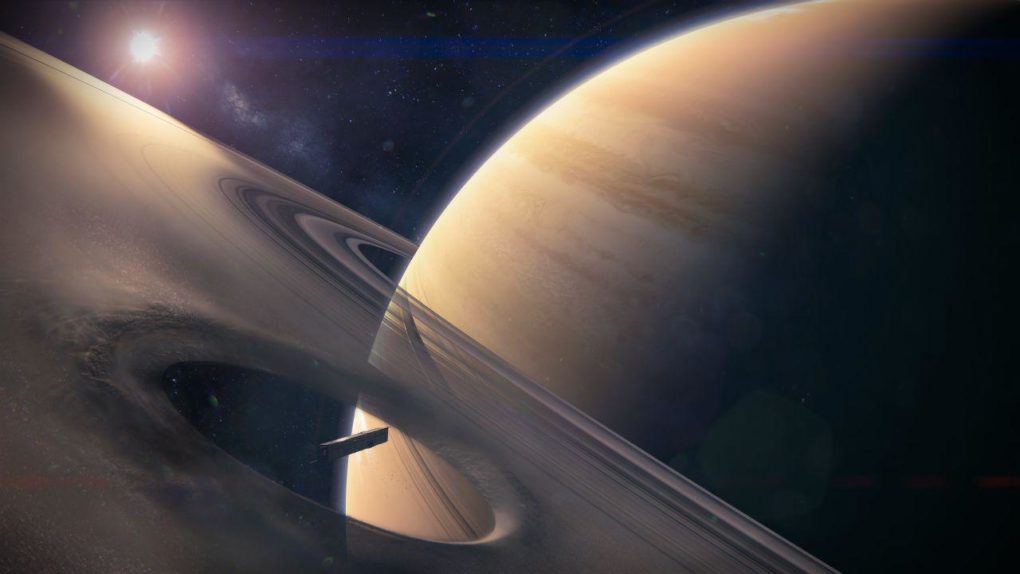
Depressing as such reveries are, they have not stopped me from going back to this game, and several others like it, from throwing my money at them and helping perpetuate this situation. I lack the energy to rebel and deny myself the enjoyment for the dubious benefit of hypothetically forcing Bungie to change their ways when their sales drop. As with other big problems our civilization faces these days, be it the looming ecological disaster, the alarming tendency of our societies to entrust morons with power and leadership, the omnipresent greed that has been elevated from a deadly sin to a respectable virtue—you name it—I feel too small and insignificant to make a difference. I feel helpless, so I just go with the flow.
Perhaps I’d find it less difficult to stand up to the temptation of Destiny if it wasn’t for an unexpected social aspect. Namely, for more than half a year now, I’ve been doing raids a couple times every week with a small group of friends. Raids are 6-man activities that, unlike any other content in this game, require cooperation and cannot be done on one’s own. They’re great fun. Each consists of several levels of impressive design, with unique layout and mechanics, and comes with its unique set of armor, weapons and achievements to collect. The first raid we played was Garden of Salvation, which was at the time the newest. But once the “vaulting” was announced, we focused exclusively on the four Leviathan raids that are now no longer available. Beyond Light brought a new one, the Deep Stone Crypt, which seems tightly interwoven with the campaign; some in the group have played it, but most of us haven’t, because of high level requirements. Another one, the Vault of Glass, which featured in Destiny 1, is also supposed to become playable again at some point.
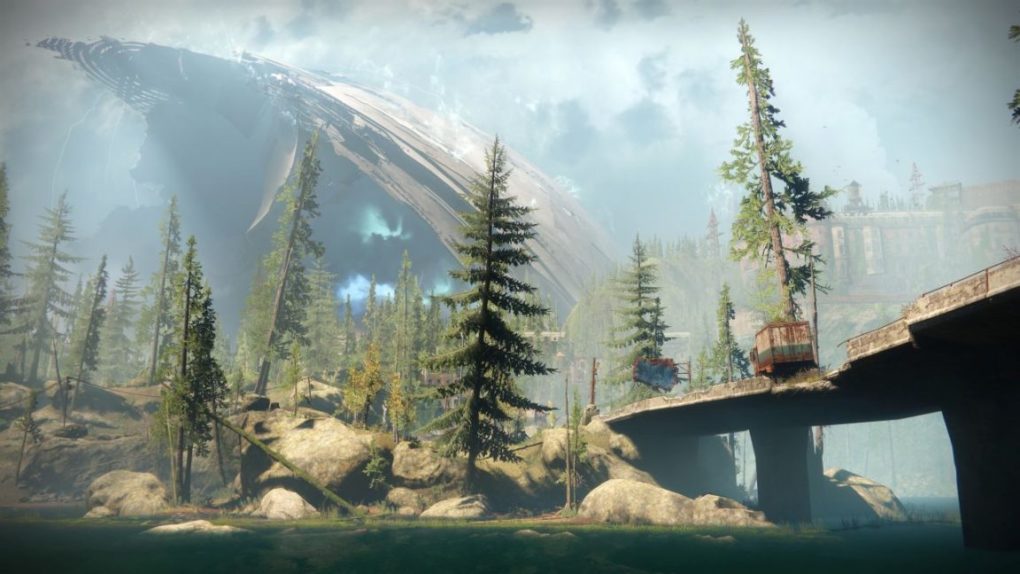
The scheme of the “vaulting” is to periodically put some things in, but bring other things (like the Vault of Glass) out. It is therefore possible that, if I remain attached to the game for another three years or so, I may eventually witness the “unvaulting” of some of the content whose removal I lamented throughout this post. Not all of it was great, if I’m to be perfectly honest. But I loved Mercury, with its huge Sun, visuals and music themed after ancient Egypt, and the vast Vex creations; I also loved Io, and everything on the Leviathan. What I miss the most, I suppose, is the feeling that I can pick and choose my destination; having 10 options is not the same as having 4 or 5. I am also mildly regretful of not taking the time, perhaps, to replay some of the old campaigns. Shitty narrative aside, they had unique levels and many impressive visuals. RIP.
Not to end on a salty note, I hereby salute Bungie for making the soundtracks of both Destiny games available to everyone for free on youtube. Like I mentioned above, the soundtrack for Beyond Light is awesome. On a whole different level compared to the previous installments. Here’s the piece that provided the final push I needed to buy the expansion. As one of the comments said, like a siren’s song.
